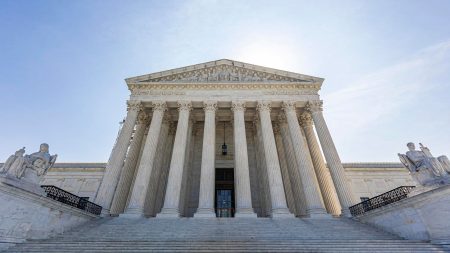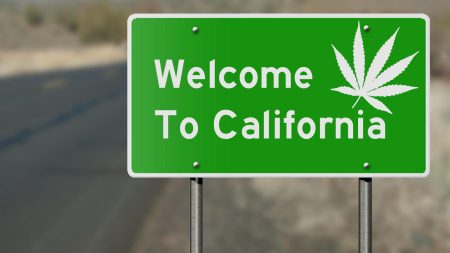The IRS has released its annual update of special per diem rates for taxpayers to use in substantiating business expenses while traveling away from home. The new numbers are effective as of October 1, 2023, and are to be used for per diem allowances paid to any employee on or after October 1, 2023, for travel away from home. The new rates include those for the transportation industry, the rate for the incidental expenses, and the rates and list of high-cost localities for purposes of the high-low substantiation method.
The IRS allows the use of per diem (that’s Latin meaning “for each day” – remember, lawyers love Latin) rates to make reimbursements easier for employers and employees. Per diem rates are a fixed amount paid to employees to compensate for lodging, meals, and incidental expenses incurred when traveling on business rather than calculating the actual expenses.
Employees
A per diem rate can be used by an employer to reimburse employees for combined lodging and meal costs, or meal costs alone. Per diem payments are not considered part of the employee’s wages for tax purposes so long as the payments are equal to, or less than the federal per diem rate, and the employee provides an expense report with a reasonable amount of time. The report must include the business purpose of the trip, the date and place of the trip, and receipts for lodging (if using the meals-only per diem rate). If the employee doesn’t provide an expense report meeting all of that criteria, the payments will be taxable to the employee.
It’s important to note that employees don’t have to stick to the per diem rate. They can pay more or less than the federal per diem rate. However, if an employer pays more than the federal per diem rate, the excess will be taxable to the employee.
Self-Employed Taxpayers
What about self-employed taxpayers? The good news is that while employees may not deduct business-related expenses on a Schedule A as part of the Tax Cuts and Jobs Act (TCJA), self-employed taxpayers can still deduct business-related expenses on a Schedule C. That doesn’t mean that self-employed taxpayers can’t receive a per diem rate reimbursement—they can. But the per diem rates aren’t typically as useful for self-employed taxpayers because they can only use the per diem rates for meal costs.
M&IE Rates For The Transportation Industry
As of October 1, 2023, the special meals and incidental expenses (M&IE) per diem rates for taxpayers in the transportation industry are $69 for any locality of travel in the continental United States (CONUS) and $74 for any locality of travel outside the continental United States (OCONUS). The per diem rate for meals & incidental expenses (M&IE) includes all meals, room service, laundry, dry cleaning, and pressing of clothing, and fees and tips for persons who provide services, such as food servers and luggage handlers.
Incidental Expenses
The rate for incidental expenses only remains $5 per day, no matter the location. Incidental expenses include fees and tips paid at lodging, including porters and hotel staff.
High-Low Substantiation Method
Since the cost of travel can vary depending on where—and when—you’re going, there are special rates for certain destinations. For purposes of the high-low substantiation method, the per diem rates are $309 for travel to any high-cost locality and $214 for travel to any other locality within the continental United States. The meals & incidental expenses only per diem for travel to those destinations is $74 for travel to a high-cost locality and $64 for travel to any other locality within the continental United States.
You can find the list of high-cost localities for all or part of the calendar year—including the applicable rates—in the most recent IRS notice.
As you can imagine, high cost of living areas like San Francisco, Boston, and New York City continue to make the list. There are, however, a few noteworthy changes, including:
- The following localities have been added to the list of high-cost localities: Yosemite National Park, California; Tampa/St. Petersburg, Florida; Atlanta, Georgia; Missoula, Montana; Saratoga Springs/Schenectady, New York; Eugene/Florence, Oregon; Montpelier, Vermont.
- The following localities have changed the portion of the year in which they are high-cost localities: San Diego, California; District of Columbia (see also Maryland and Virginia); Fort Lauderdale, Florida; Fort Myers, Florida; Fort Walton Beach/DeFuniak Springs, Florida; Miami, Florida; Vero Beach, Florida; Portland, Maine; Washington, D.C. Metropolitan Area in Maryland (Counties of Montgomery and Prince George’s); Hilton Head, South Carolina; Manchester, Vermont; Washington, D.C. Metropolitan Area in Virginia (Cities of Alexandria, Falls Church, and Fairfax; Counties of Arlington and Fairfax); Seattle, Washington.
- The following localities have been removed from the list of high-cost localities: Los Angeles, California; Durango, Colorado; Portland, Oregon; Vancouver, Washington.
You can find the entire high-cost localities list, together with other per diem information, in Notice 2023-68. To find the federal government per diem rates by locality name or zip code, head over to the General Services Administration (GSA) website.
Read the full article here















